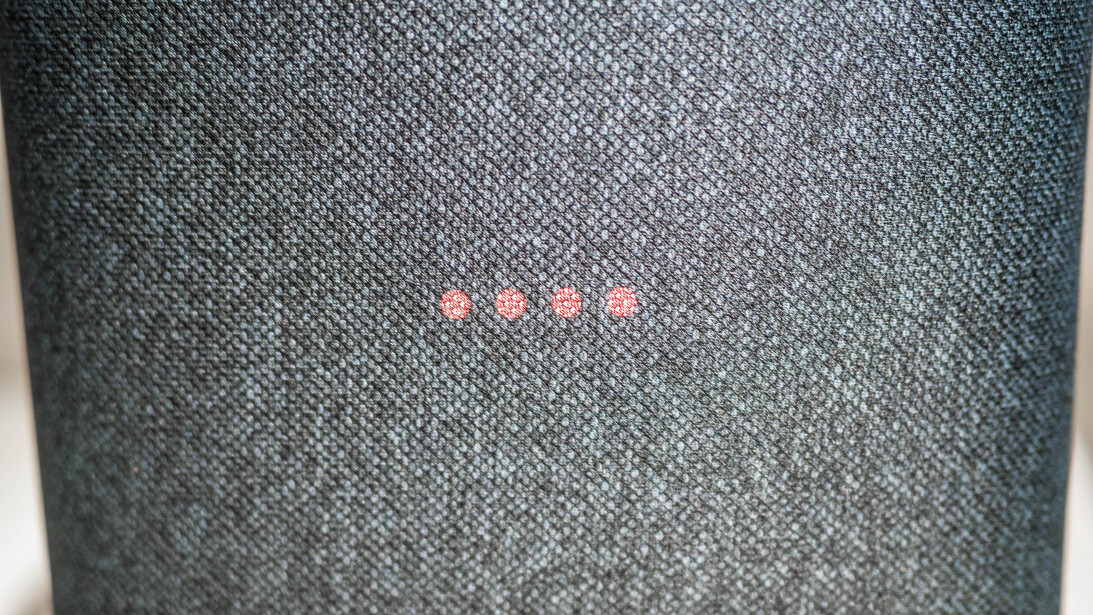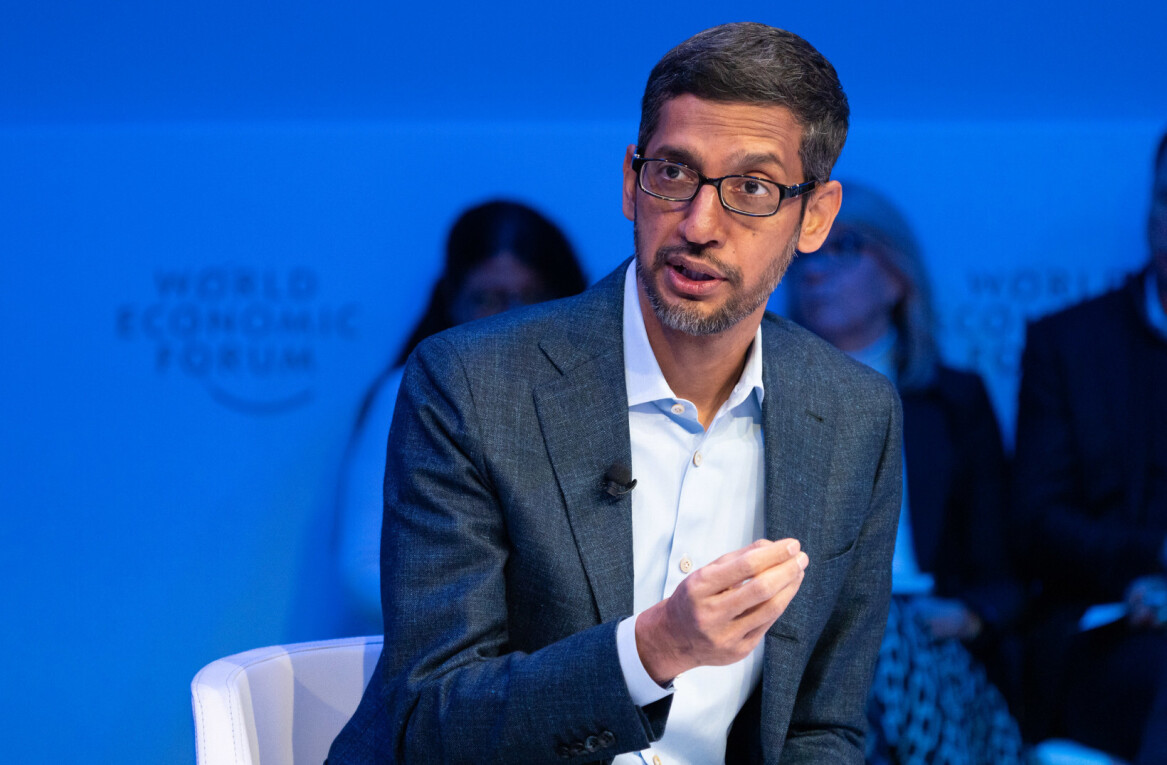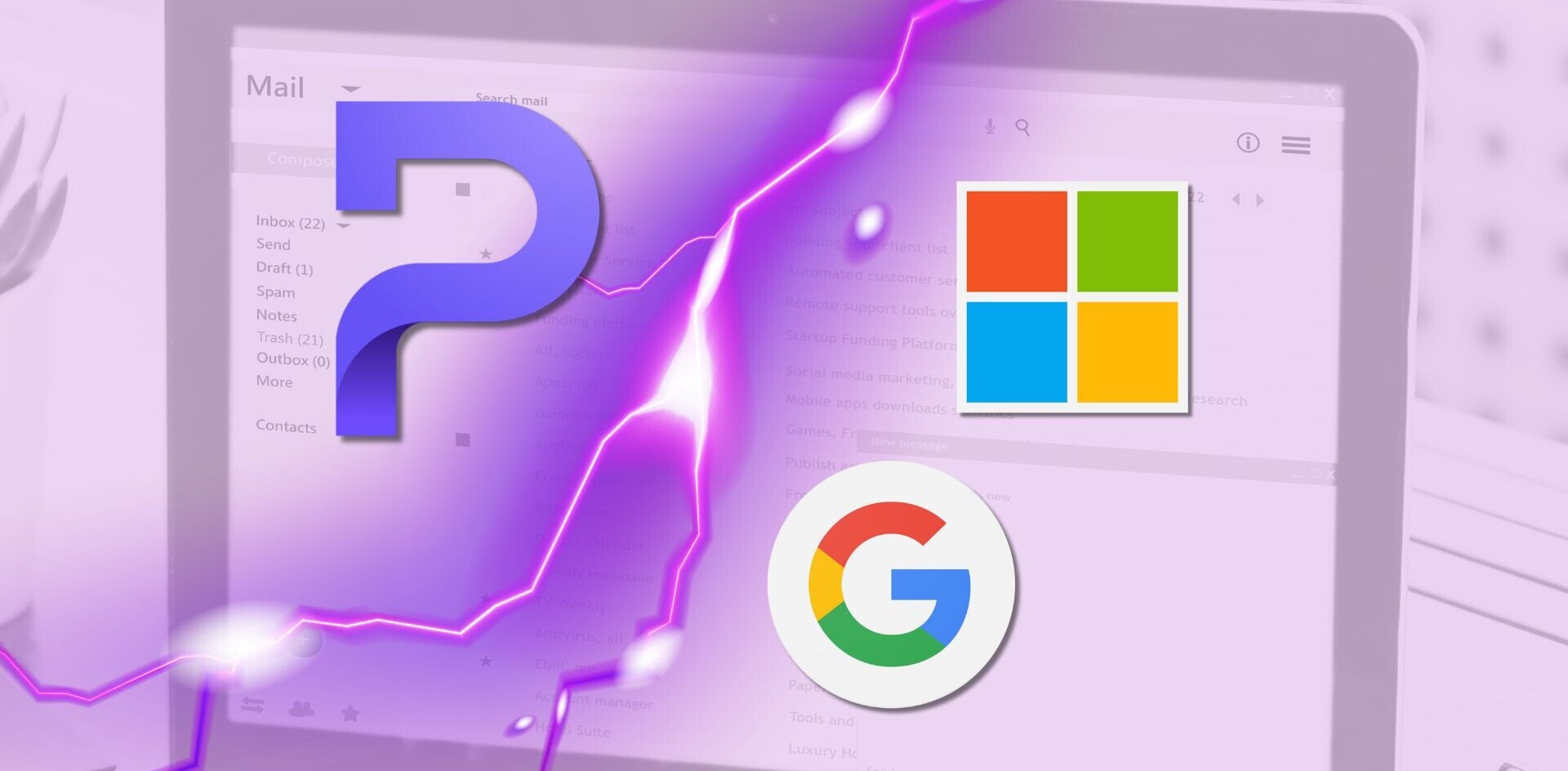
On the same day that Sonos announces a speaker with Alexa and (in 2018) Google Assistant support, Google announces a speaker that behaves a lot like a Sonos. Go figure.
I had the chance to try out Google’s new Home Mini (a tiny Echo Dot competitor) and Max (the Sonos-like hi-fi speaker) during today’s Pixel 2 event. They’re the clearest signs Google is serious about getting the Assistant in your home, whatever way it can.
Let’s start with the Mini. It costs just $49, is unobtrusively small, and comes in charcoal, grey, and coral fabric-lined colors. It’s meant to be a gateway drug for Google’s vision of the smart home, and the company might just be on to something.
For 50 bucks, you have access to the Google Assistant and everything it can do. Some new tricks up its sleeve include using Home speakers as intercoms with a new broadcast mode, or tying it to your phone number so you can easily make hands-free calls.

While I was only able to listen to the music Google played for a few minutes, it was loud enough to fill a medium sized room comfortably. It’s no bass monster, but it certainly sounds less tinny than the Echo Dot at first glance.
On the other hand, the lack of a 3.5mm jack is disappointing. Part of the reason the Echo Dot is so appealing is that it lets you turn any traditional speaker into a smart one through the 3.5mm jack. The Home mini does not have such a port, and can only connect to other speakers via Chromecast or Bluetooth. That means there’s still no easy way to get Google Assistant on older speakers. You can always get a Chromecast Audio, but that seeems clumsy and is an unfortunate extra expense.
Still, I wouldn’t be surpsied if the Mini quickly becomes the most popular way for people to use Google Assistant outside their phones. It’s cheap, looks good, and Google is including one with a purchase of the Pixel 2.
Then there’s the Max, a $399 speaker that sounds really good. I obviously couldnt make any direct comparisons to other speakers at the event, but I did get to listen to it in an acoustically sealed space and I liked what I heard. Its two woofers reached low for a speaker its size and I’d cautiously say sound quality comparable to a Sonos Play:5, despite being a little smaller and $100 cheaper.
I was lucky enough to be sitting in the ‘sweet spot’ of the listening room, and a single speaker had a noticable amount of stereo separation, if not quite the level of some soundbars. But then Google turned on stereo pair of the Max, and audio noticeably took a leap in quality. There was an impressive degree of imaging clarity, such that I could easily hear where sounds were coming from in the space in between the speakers.

Unfortunately, stereo is as far as Google took it; you can’t connect it to any other Chromecast-enabled speakers to set up a surround system, for instance, but it seems to be something the company is at least considering for a future software update. There’s a 3.5mm audio jack on the back should you want to connect it to your TV or another device, and USB-C port which is mainly there for connecting ethernet adapters.
The speaker also looks quite good, with the same four LED lights as on the Mini to indicate status. They’re only on when you’re interacting with the speaker, but I kind of wish you could turn them on permanently. It comes in grey and charcoal, but there’s no cool coral color.
The headlining feature, however, is that Google is using machine learning to tune your speaker’s audio – because of course it is. It sounds kind of like Sonos’ TruePlay technology, which modifies sound depending on where you place your speaker for optimal quality. But there’s one big difference: it happens automatically. You don’t need to go through a tuning setup every time you move your speaker.

Without testing it myself or hearing the speakers in difference environments, I can’t say how good the technology actually is, but at the very least Google confirmed you can turn it off if you don’t like it.
We’ll have to spend more time with each device to see if they’re truly worth your money, but so far it, ahem, sounds like Google is on the right track. The Mini is up for pre-order today and will begin shipping October 18, while the Max will arrive sometime in December.
For more from Google’s Pixel 2 hardware event, follow all our coverage here.
Get the TNW newsletter
Get the most important tech news in your inbox each week.





